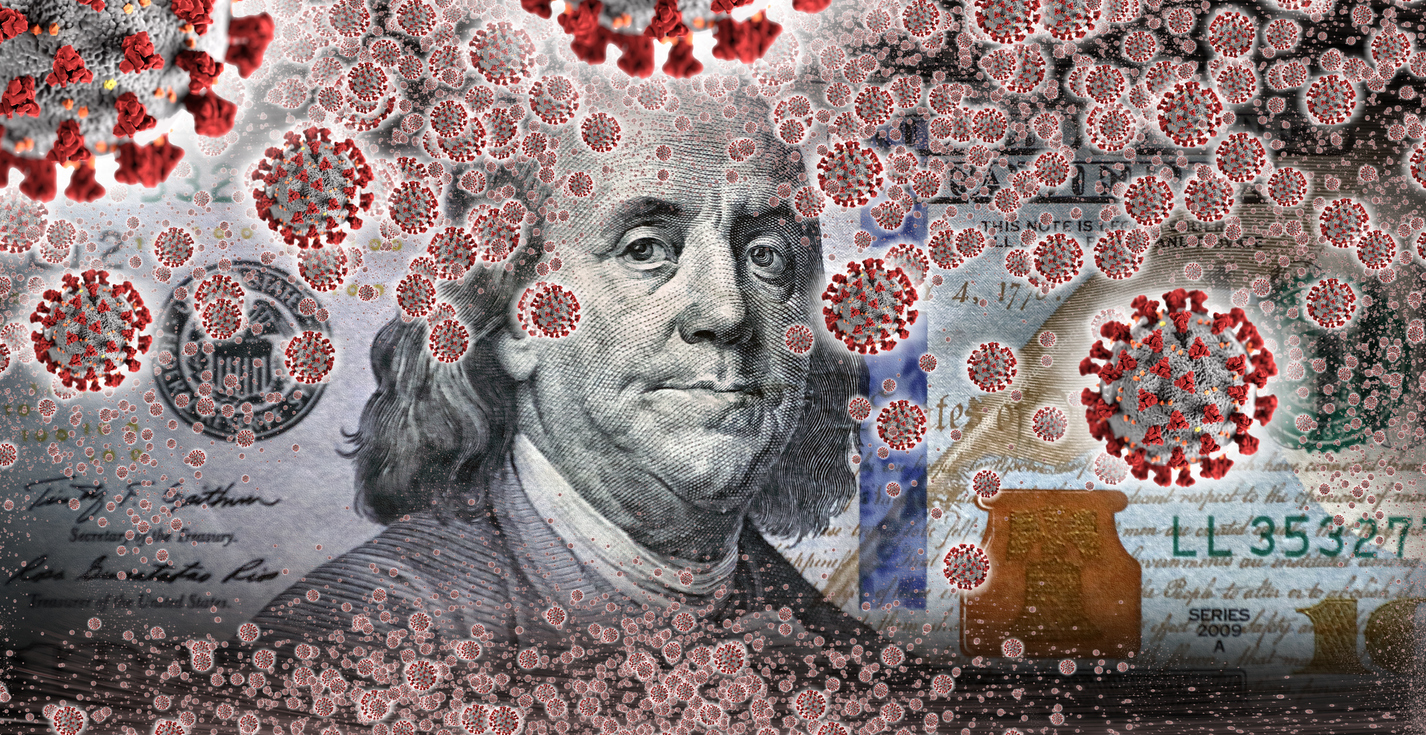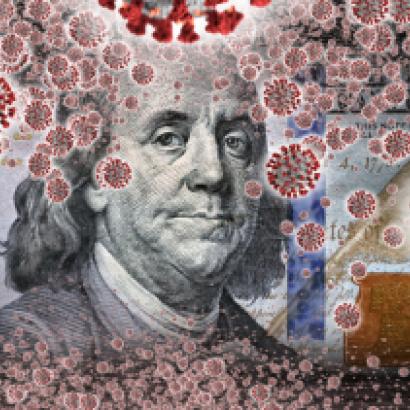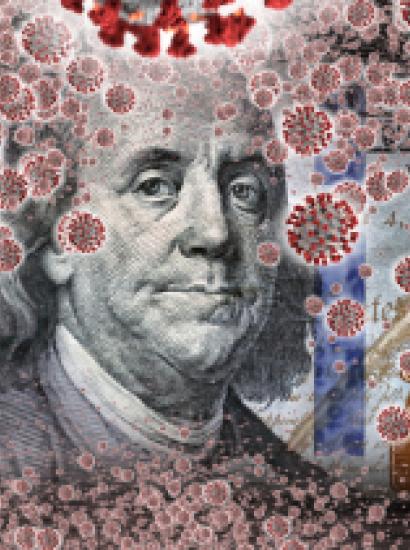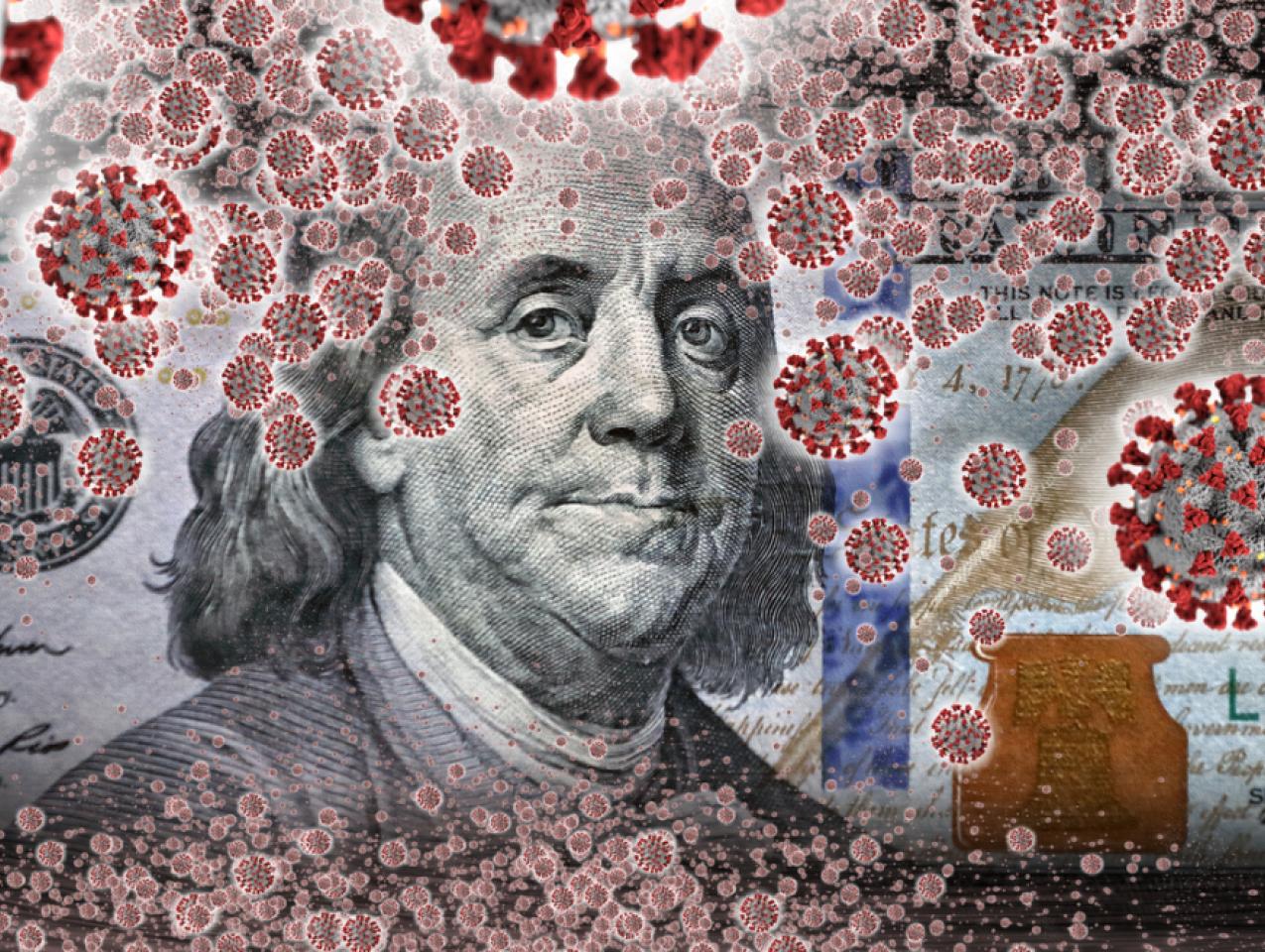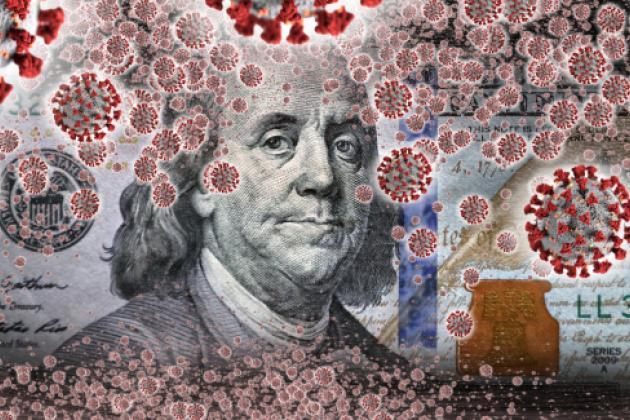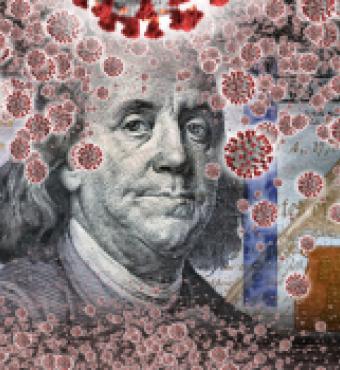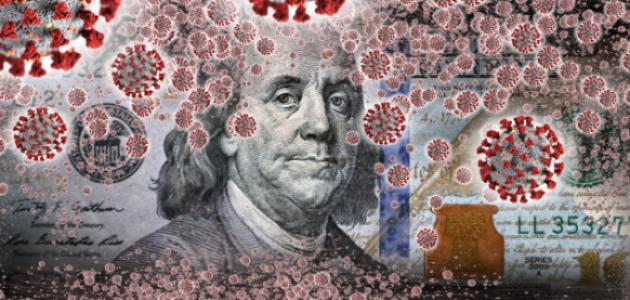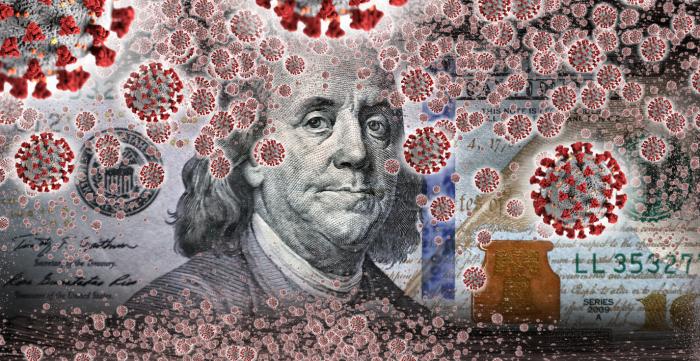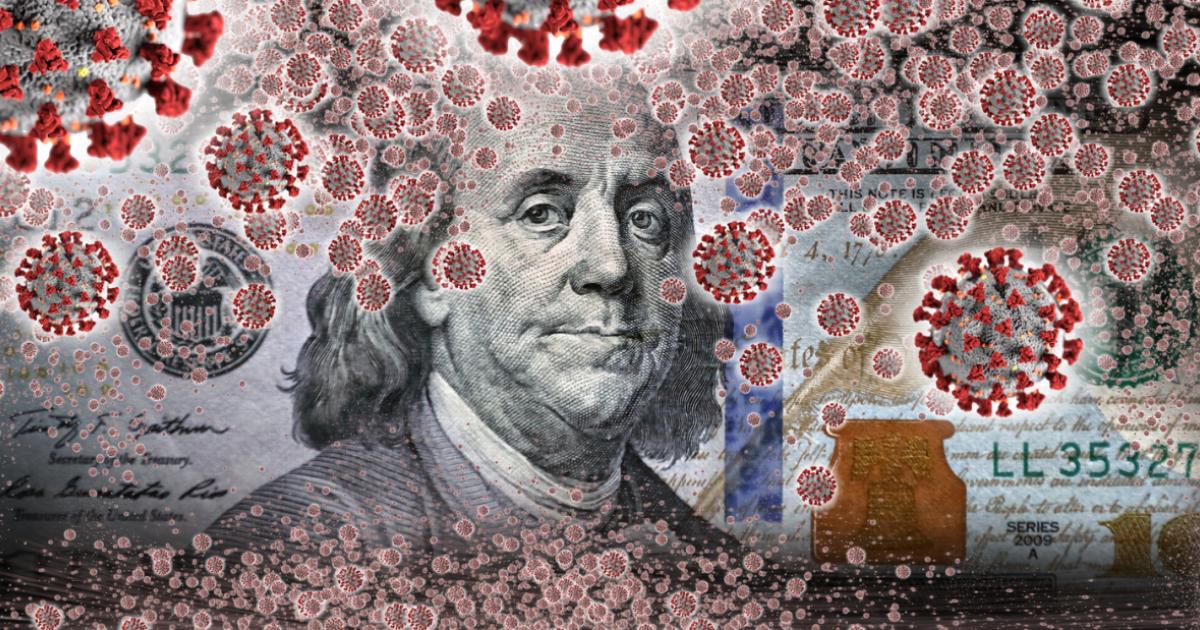- Fiscal Policy
Early in the COVID-19 pandemic, the US macroeconomy was hurt not only directly by shutdowns but also by uncertainty, wealth effects, and widespread financial distress that could amplify the downturn via a financial accelerator. To this impact, the Federal Reserve quickly re-employed the tools it developed in the Great Recession, which expanded liquidity provision to financial intermediaries and money markets and lowered long-term Treasury and mortgage interest rates via quantitative easing and forward guidance. While helpful, those earlier tools had not forestalled the severe disruption to credit markets that worsened the Great Recession and delayed the economic recovery from it. Early in the pandemic, the economy faced damage from a potential credit squeeze as corporate and municipal finance from securities markets dried up and small and midsized firms faced tougher credit standards to access bank loans.
To prevent a credit crunch, the Federal Reserve broadened its credit-easing tools to directly fund nonfinancial firms during a crisis by going beyond directly supporting commercial paper issuance and asset-backed lending (introduced in the Great Recession) and by supporting firms of all sizes, not just the largest, which benefited from its interventions in the commercial paper and corporate bond markets. These actions quickly reopened access to credit and thereby cushioned the COVID recession and aided the recovery—contributing to an economy that was stronger than generally was forecast in late spring 2020. This entailed an expansion of the Federal Reserve’s emergency role in crises—drawing on the needed backing of Treasury guarantees—to directly backstop funding of non-financial firms and municipal governments. This harks back to policies employed by the Federal Reserve in the 1930s and 1940s, albeit in a more timely and effective way.
Responding to the Great Recession
External finance normally flows from savers and investors through three main channels to firms. Deposits by savers fund banks, which lend to small and midsized firms, for whom banks are their main source of external credit. Savers also invest in securities, most of which fund large corporations in the form of commercial paper and corporate bonds. Some securities also help financial intermediaries fund loans or lease equipment to firms of different sizes.
But in financial crises, if savers become too risk-averse, private debt becomes illiquid, which impedes financial flows to large firms from commercial paper and bonds and to securities-funded nonbanks that stop lending to firms. This occurred at the start of both the COVID recession and the Great Recession, when interest rates on private debt rose relative to those on Treasuries. In crises, banks fear defaults and losing liquidity, inducing them to tighten credit standards and the flow of loans to firms. This was evidenced by large increases in the share of banks tightening their credit standards on business loans early in the past two recessions, according to Federal Reserve surveys. While quantitative easing and forward guidance helped lower long-term Treasury and mortgage interest rates in both episodes, they did not fully prevent notable rises in debt spreads or increases in credit rationing.
Expanding its traditional role of aiding liquidity in money markets during crises, the Federal Reserve created two facilities during the Great Recession that directly funded firms in ways that posed trivial default and interest rate risk to it. The Commercial Paper Funding Facility (CPFF) bought top-rated commercial paper, which helped increase the liquidity of this instrument and helped restore commercial paper finance to large firms. This helped large corporations regain funding from short-run commercial paper by creating a bypass for Fed funding of paper and by reducing the unwillingness of investors to buy paper. Through the Term Asset-Backed Securities Loan Facility (TALF), the Federal Reserve bought Aaa-rated securities issued by lenders that funded some consumer and business loans. This created a direct channel for Fed funding of such securities and also reduced the reluctance of investors to buy such debt. In addition to credit easing tools, the Federal Reserve also expanded the set of liquidity tools to counteract the Great Recession.
Four New Tools for the COVID Era
While these actions helped restore financial flows to some firms, the ability of firms to directly raise funds from bonds or borrow from banks remained hampered during much of the Great Recession and in the early recovery from it. This was manifested in elevated spreads between corporate and Treasury bond yields and by a prolonged period of tight bank lending standards. A similar pattern appeared at the onset of the COVID recession, but the Federal Reserve created additional credit easing tools to address such blockages in 2020. In our view, four were particularly important.
- The first was the Federal Reserve’s creation of facilities to buy newly issued and seasoned corporate bonds of high enough quality and modest duration that met other eligibility criteria. These were, respectively, the Primary (PMCCF) and Secondary Corporate Credit Facilities (SMCCF). The Dodd-Frank Act required the Federal Reserve to seek Treasury approval and backing of such investments whose duration and credit risk were higher than that of top-rated commercial paper. The announcement of these facilities stopped a cyclical rise in corporate bond spreads that had been tracking the rise in the square of the civilian unemployment rate, which was the historical pattern. In particular, we find that Federal Reserve announcements of the facilities prevented deteriorating economic activity from further widening spreads of corporate over Treasury yields, as tracked by the corporate Baa-Treasury spread, which has been used as an indicator of financial crises, bank panics, and macroeconomic swings. This spread averages near 2 percentage points but widened to 3 to 4 percentage points in recessions since 1970 until the Great Recession, when it widened to 6 percentage points, the highest spread since the mid-1930s. Recent research indicates that swings in spreads mainly reflect shifts in the liquidity premium that investors demand on private debt whose liquidity tends to vary countercyclically. The announcement of the facilities capped the rise of the Baa-Treasury spread, which, John V. Duca and I conclude, prevented a further rise of about 3 percentage points in late spring 2020 and forestalled a further 1 percentage point drop in real GDP through some of the channels that risk premia affect the economy.
This helped large corporations regain funding from the bond market by creating a bypass for Fed funding of debt and by reducing the unwillingness of investors to buy the bonds. Although the announcement had a large effect on yield spreads, the Federal Reserve bought and held very little corporate debt (under $50 billion at most), suggesting that the facilities’ announcements allayed liquidity risk concerns of investors via a backstop effect.
- A new, second related program, the Municipal Liquidity Facility (MLF), offered to purchase newly issued, eligible municipal bonds that funded expenditures related to COVID. The MLF had an effect analogous to the corporate bond programs, insofar as its announcement prevented a further 3 to 4 percentage point rise in spreads between municipal and Treasury interest rates, although the Federal Reserve bought very few municipal bonds.
The third and fourth new credit-easing tools that we would like to highlight addressed the severe tightening of bank credit standards on business loans reported in Fed surveys in spring 2020.
- The third relates to the Paycheck Protection Plan (PPP) created by the CARES Act to subsidize employment at small firms in the form of bank loans backed by the Small Business Administration and paid off by the Treasury. To help address some impediments to the PPP program—including banks’ concerns that PPP lending might reduce their liquidity—the Federal Reserve enhanced the appeal of making PPP loans by offering attractive discount loans. Through its new Paycheck Protection Program Liquidity Facility (PPPLF), the Federal Reserve provided discount loans to banks at near zero interest using PPP loans as collateral valued at par. This cut the cost to banks of funding PPP loans and reduced the liquidity risk of making these loans.
- The Federal Reserve also announced the creation of a fourth major facility, its Main Street Lending Program, which would buy or assume the default risk on eligible bank loans to midsized firms that could not issue bonds eligible for the corporate bond facilities and which were too large to qualify for PPP loans. As with the corporate and muni bond programs, the Main Street program entailed credit risk and the Dodd-Frank Act required the approval and explicit backing of the Treasury against losses. This program and the PPPLF were designed to help reopen the flow of finance from banks to small and midsized firms. As with the other credit-easing programs, these opened a new channel of finance that was not drawn upon much, but which evidence suggests had a backstop effect in making banks more willing to make business loans. Our research illustrates that the extent to which banks tightened credit standards on bank loans, and the period of such tightening, was smaller in the COVID recession than in the Great Recession.
Fed’s Expanded Role: What About the Future?
Impediments to credit deepened the Great Depression and delayed recovery from the Great Recession. Early in the COVID recession, the Federal Reserve quickly created new credit-easing tools that greatly augmented the narrower set of new tools it had developed to counter the Great Recession. As discussed in our literature review, several studies find that the backstop facilities forestalled a crunch in corporate and municipal bonds in early and mid-2020, and more recent studies find that the lending programs alleviated a bank lending squeeze.
By directly supporting non-financial firms and municipal governments with needed backing from the Treasury, the new tools expanded the Federal Reserve’s emergency role in crises. These changes are reminiscent of Fed policies in the 1930s and 1940s and reopen the old debate about whether the Fed or the fiscal authority should conduct credit policy. They also may have future consequences such as potentially undermining the Fed’s independence from the fiscal authorities or inducing firms to prepare less for financial crises and depend more on Federal Reserve support. Partly out of the latter moral-hazard concern and because the new programs had successfully helped to restore financial flows to normal, the Treasury terminated the programs at the end of 2020. Also unanswered is whether the Fed’s other lender-of-last-resort and monetary policies would have performed as well in the absence of the new credit policies. Addressing these issues may help assess whether the benefits of expanding the Fed’s role in countering financial crises exceed the costs.







